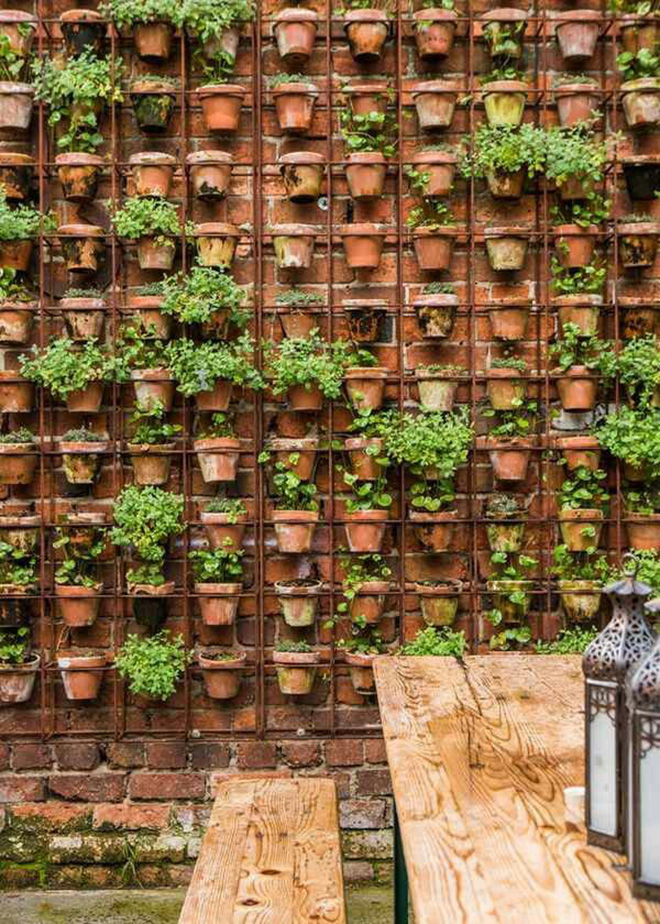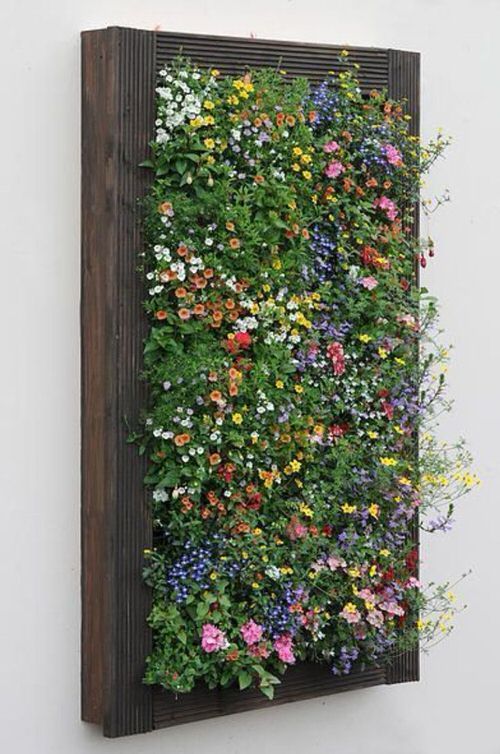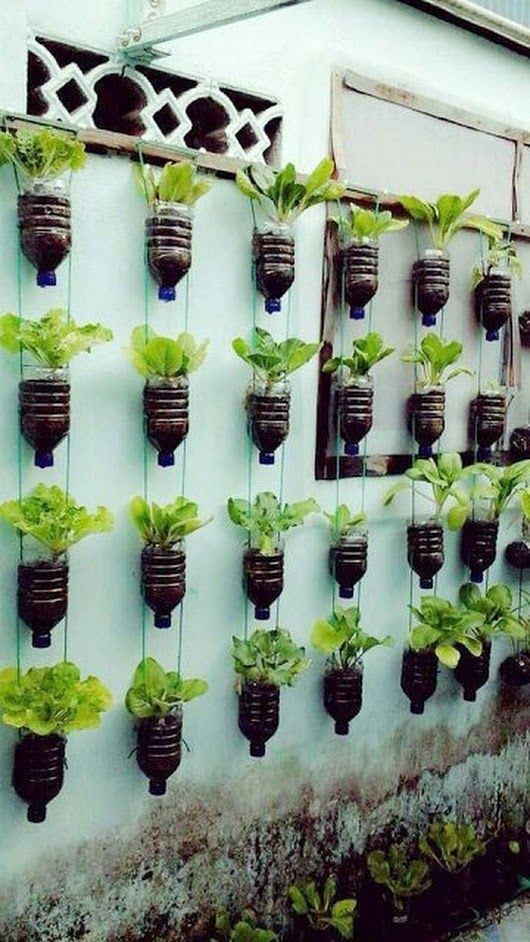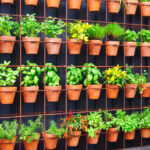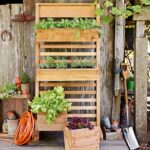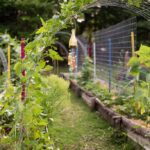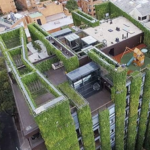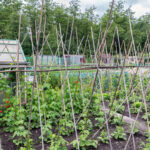Vertical gardening is a creative and practical way to maximize limited space and bring more greenery into urban environments. This innovative gardening technique involves growing plants vertically, either on walls, fences, or structures, instead of the traditional horizontal method of planting them in the ground. Vertical gardens are not only aesthetically pleasing, but they also offer several benefits that make them an attractive option for both seasoned gardeners and beginners.
One of the main advantages of vertical gardening is its space-saving nature. In urban areas where outdoor space is limited, vertical gardens provide a solution for residents who want to grow plants but do not have a backyard or garden. By utilizing vertical space, individuals can transform bare walls or empty corners into vibrant green spaces that contribute to a healthier and more aesthetically pleasing environment.
In addition to saving space, vertical gardening can also help improve air quality and provide insulation for buildings. Plants have the ability to absorb pollutants and release oxygen, which can help purify the air and create a healthier indoor environment. Furthermore, vertical gardens can act as a natural barrier against noise pollution and can help regulate temperature by providing additional insulation for buildings.
Another benefit of vertical gardening is its versatility and adaptability. There is a wide range of plants that can thrive in vertical gardens, including herbs, flowers, vegetables, and even small trees. With the right combination of plant species and proper care, vertical gardens can flourish and add a touch of nature to any indoor or outdoor space.
Vertical gardening also offers a creative outlet for individuals who enjoy gardening and design. The possibilities are endless when it comes to creating unique and visually appealing vertical garden designs. Whether using traditional pots and planters or more innovative vertical garden systems, gardeners can experiment with different layouts, colors, and textures to create a personalized green oasis.
Finally, vertical gardening can be a sustainable and eco-friendly gardening option. By growing plants vertically, individuals can reduce their carbon footprint and contribute to a more sustainable lifestyle. Vertical gardens require less water and maintenance compared to traditional gardens, making them a more resource-efficient way to grow plants and contribute to a greener environment.
